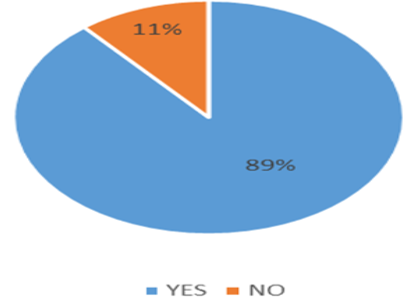Abstract
Possible mechanisms for the transmission of disease in the dental office include close communication with body fluids of patients, interaction with surfaces and instruments which have already been besmirched by the patient, and also interaction with unavoidable particles from patient which have been dispersed airborne. This survey was performed with purpose of assessing the awareness about harmful effects of aerosol contamination in clinical practice among the dental students. A Questionnaire containing ten questions about the awareness and attitudes of dental students toward the harmful effects of aerosol contamination in clinical practice. Then this questionnaire was piloted and distributed to 100 dental students, and information about the opinions and attitudes of dentists aerosol contamination.salivary transmission of aerosols, procedures causing aerosol contamination, use of rubber dam in preventing contamination and use of personal protection equipments were obtained. The collected data were statistically analysed. 87% of the students were aware of harmful effects of areosol contamination.78% were aware of the salivary transmission of aerosol contamination. The awareness about harmful effects of aerosols is adequate among dental students. It is conceivable to limit the hazard with generally basic and reasonable safety measures.
Full text article
Authors

This work is licensed under a Creative Commons Attribution-NonCommercial-NoDerivatives 4.0 International License.

